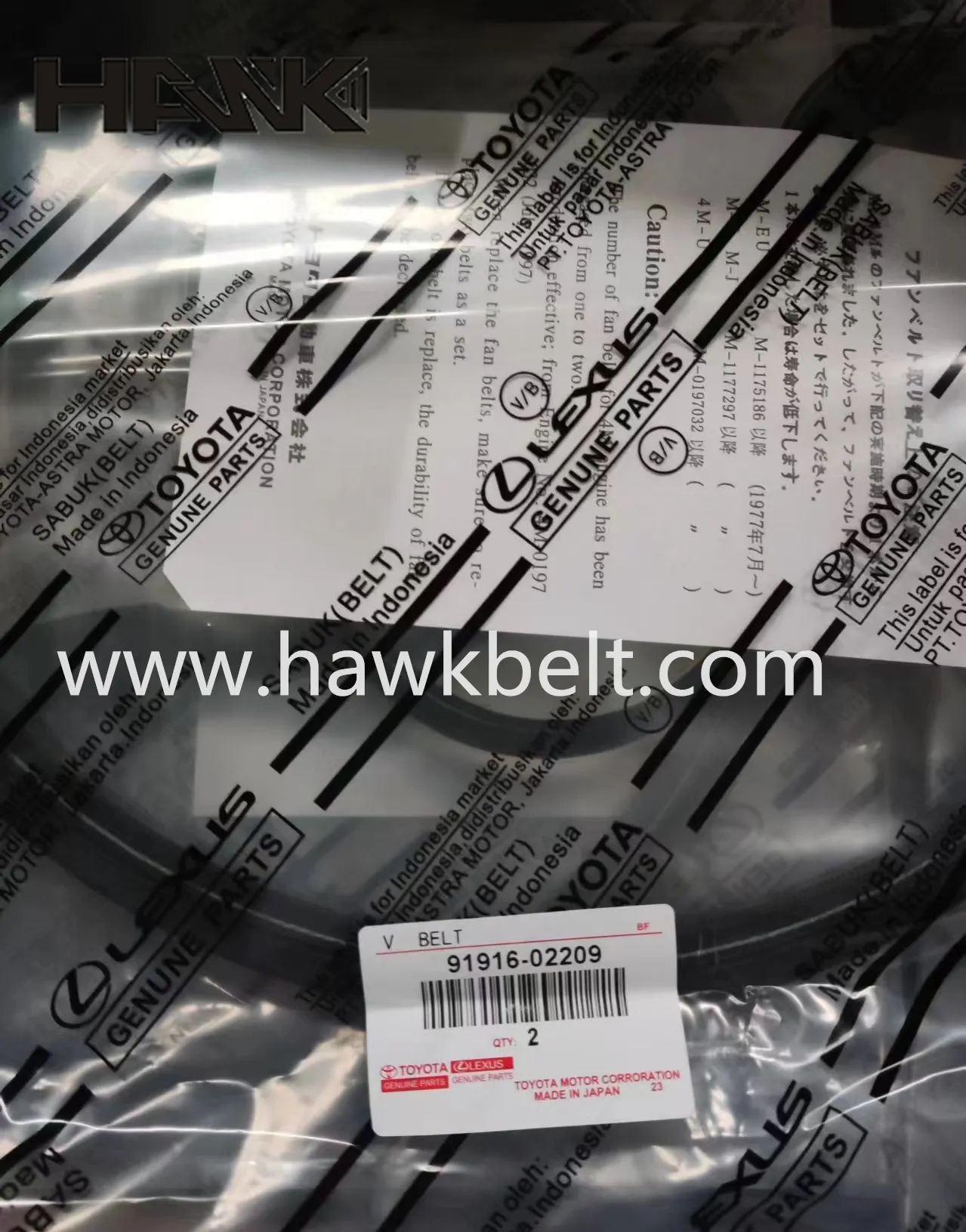- Arabic
- French
- Russian
- Spanish
- Portuguese
- Turkish
- Armenian
- English
- Albanian
- Amharic
- Azerbaijani
- Basque
- Belarusian
- Bengali
- Bosnian
- Bulgarian
- Catalan
- Cebuano
- Corsican
- Croatian
- Czech
- Danish
- Dutch
- Afrikaans
- Esperanto
- Estonian
- Finnish
- Frisian
- Galician
- Georgian
- German
- Greek
- Gujarati
- Haitian Creole
- hausa
- hawaiian
- Hebrew
- Hindi
- Miao
- Hungarian
- Icelandic
- igbo
- Indonesian
- irish
- Italian
- Japanese
- Javanese
- Kannada
- kazakh
- Khmer
- Rwandese
- Korean
- Kurdish
- Kyrgyz
- Lao
- Latin
- Latvian
- Lithuanian
- Luxembourgish
- Macedonian
- Malgashi
- Malay
- Malayalam
- Maltese
- Maori
- Marathi
- Mongolian
- Myanmar
- Nepali
- Norwegian
- Norwegian
- Occitan
- Pashto
- Persian
- Polish
- Punjabi
- Romanian
- Samoan
- Scottish Gaelic
- Serbian
- Sesotho
- Shona
- Sindhi
- Sinhala
- Slovak
- Slovenian
- Somali
- Sundanese
- Swahili
- Swedish
- Tagalog
- Tajik
- Tamil
- Tatar
- Telugu
- Thai
- Turkmen
- Ukrainian
- Urdu
- Uighur
- Uzbek
- Vietnamese
- Welsh
- Bantu
- Yiddish
- Yoruba
- Zulu
নভে. . 25, 2024 19:20 Back to list
Choosing the Right EPDM PK Belt Sizes for Optimal Performance and Fit
Understanding PK Belt Sizes and EPDM Material in Drive Systems
When it comes to machinery and equipment that rely on belt systems for power transmission, choosing the right belt size and material is crucial for optimal performance and longevity. Among the various types of belts available, PK belts have gained popularity due to their efficiency and versatility. In this article, we'll delve into PK belt sizes and the advantages of using EPDM (Ethylene Propylene Diene Monomer) as a material.
What are PK Belts?
PK belts are flat belts that are commonly used in various applications, from automotive to industrial machinery. The PK designation refers to the specific profile of the belt, which is typically characterized by a series of grooves that allow for positive engagement with pulleys or drums. This design minimizes slippage and ensures that the power is transmitted effectively, making PK belts an excellent choice for drives that require a reliable performance.
One of the distinguishing features of PK belts is their availability in various sizes, making it easier for users to find a perfect fit for their specific applications. The sizes are usually denoted by a combination of letters and numbers, which indicate the belt's width and length. Depending on the manufacturer, a thorough specification of the PK belt sizes can include everything from the cross-sectional area to the specific weight, which can greatly affect the performance in different operating conditions.
Importance of Proper Sizing
Choosing the correct PK belt size is essential for the efficiency of any drive system. If the belt is too loose, it may slip, leading to a loss of power transmission and potential damage to both the belt and the machinery. Conversely, a belt that is too tight can cause excessive wear and tear, ultimately resulting in a shorter lifespan. Therefore, it’s vital to refer to manufacturer specifications and ensure that the dimensions fit the intended application.
Advantages of EPDM Belts
pk belt sizes\/pk belt with epdm

When we talk about materials used in PK belts, EPDM is often a favorable choice. EPDM is a synthetic rubber known for its impressive durability and resistance to various environmental factors. Below are some of the advantages of utilizing EPDM material in PK belts
1. Weather Resistance EPDM belts are highly resistant to ultraviolet (UV) rays, ozone, and extreme weather conditions. This makes them suitable for both indoor and outdoor applications and helps reduce wear due to environmental exposure.
2. Chemical Resistance EPDM can withstand various chemicals, including acids and alkalis, which is particularly important in industrial environments where exposure to chemical substances is common.
3. High Temperature Tolerance EPDM belts can operate efficiently in high-temperature conditions, withstanding temperatures that exceed the limits of many other rubber materials. This thermal resilience contributes to a longer operational life.
4. Flexibility and Elasticity The material exhibits excellent flexibility, allowing for smooth operation and adaptability to different working conditions. This flexibility is crucial in applications where belts must navigate around pulleys or other components.
5. Cost-Effectiveness Although EPDM might seem like a premium option, its durability often translates to lower long-term costs due to decreased maintenance and replacement needs.
Conclusion
In summary, selecting the appropriate PK belt size and material is fundamental to the effective functioning of drive systems. The advantages of using EPDM material in PK belts — including its weather and chemical resistance, high-temperature tolerance, and durability — make it a preferred choice for many applications. Understanding the specifics of belt sizing and material properties can lead to better maintenance strategies, enhanced performance, and increased machinery lifespan. Whether you are an engineer, a maintenance technician, or just someone interested in belt-driven systems, recognizing the importance of these factors will surely help you in making informed decisions for your projects.
-
Korean Auto Parts Timing Belt 24312-37500 For Hyundai/Kia
NewsMar.07,2025
-
7PK2300 90916-T2024 RIBBED BELT POLY V BELT PK BELT
NewsMar.07,2025
-
Chinese Auto Belt Factory 310-2M-22 For BMW/Mercedes-Benz
NewsMar.07,2025
-
Chinese Auto Belt Factory 310-2M-22 For BMW/Mercedes-Benz
NewsMar.07,2025
-
90916-02660 PK Belt 6PK1680 For Toyota
NewsMar.07,2025
-
drive belt serpentine belt
NewsMar.07,2025

